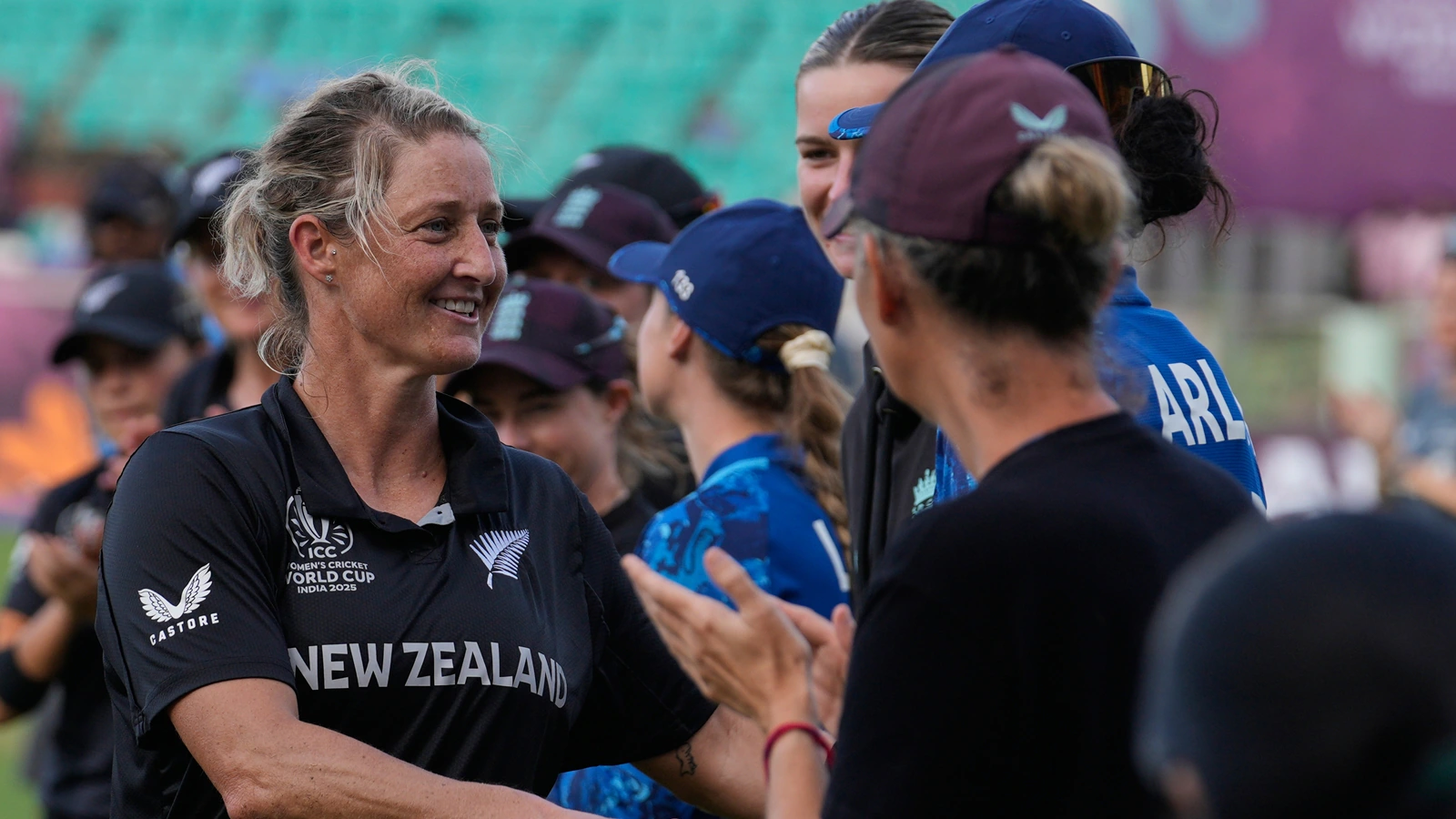Cytokines are believed to play a key role in treatment resistance in patients with
Author: admin
-

Cytokines Linked With Drug Resistance in Ovarian Cancer, but Underlying Mechanisms Remain Unclear
ovarian cancer , according to a new review article published in theInternational Journal of Cancer , but the exact role and mechanisms behind it have remained… -
This Common Organism Could Survive on Mars – SciTechDaily
- This Common Organism Could Survive on Mars SciTechDaily
- Baker’s yeast has the resilience to withstand Martian environment: Study The Hindu
- IISc study suggests yeast could be first Earth organism to live on Mars Moneycontrol
- Survival of the…
Continue Reading
-

See Lana Del Rey Cover Neil Young’s ‘The Needle and the Damage Done’
“I thought we’d get started with a little bit of Neil,” singer says before playing Harvest classic at charity show
Lana Del Rey took the stage Saturday at Neil Young’s “Harvest Moon” charity concert, with the singer…
Continue Reading
-

The next iPad Pro could be the first to get vapor chamber cooling
The iterative upgrades for iPads may not be enticing enough to warrant a new purchase every year, but Apple may have a particularly cool upgrade to convince users to shell out for the next iPad Pro. According to Bloomberg‘s Mark Gurman, Apple is…
Continue Reading
-

Jannik Sinner wins Vienna Open with thrilling three-set victory over Alexander Zverev
Sinner, the world’s No. 2 men’s player, first captured the Vienna title in 2023, but he found himself under pressure early after dropping the opening set to Zverev — the Tokyo 2020 Olympic champion. It was the first set Sinner had lost all…
Continue Reading
-

CRT Does Not Improve RFS/OS, Confers High-Grade Toxicity in Cervical Cancer
Adding cisplatin to radiation therapy (RT) did not statistically improve relapse-free survival (RFS) or overall survival (OS) while increasing the incidence of grade 3 and 4 adverse events (AEs) in patients with cervical cancer who have…
Continue Reading
-

Sophie Devine retires from ODIs: What made New Zealand legend a globally respected superstar | Cricket News
“What’s your why?” In a typically eloquent post-match chat after New Zealand’s last match of the ICC Women’s World Cup against England, Sophie Devine reflected on her ODI career that started almost exactly to the day, 19 years ago. The…
Continue Reading
-

Arsenal 1 – 0 Crystal Palace – Match Report
Ebere Eze’s superb volley was enough to beat his former club Crystal Palace and hand us a seventh-straight win in all competitions as we moved four points clear at the top of the table.
Having netted the goal that clinched the FA Cup for the…
Continue Reading
-
Stock market faces midweek double whammy as Fed decision collides with megacap tech earnings. Here's what to watch. – Morningstar
- Stock market faces midweek double whammy as Fed decision collides with megacap tech earnings. Here’s what to watch. Morningstar
- Big Tech earnings, a crucial Fed meeting, and a Trump-Xi sit-down: What to watch this week Yahoo Finance
- Huge week and risks face stocks this week TheStreet
- 1 Stock to Buy, 1 Stock to Sell This Week: Meta Platforms, Starbucks Investing.com
- Stock market faces big moment as Fed decision collides with megacap tech earnings MarketWatch
Continue Reading
